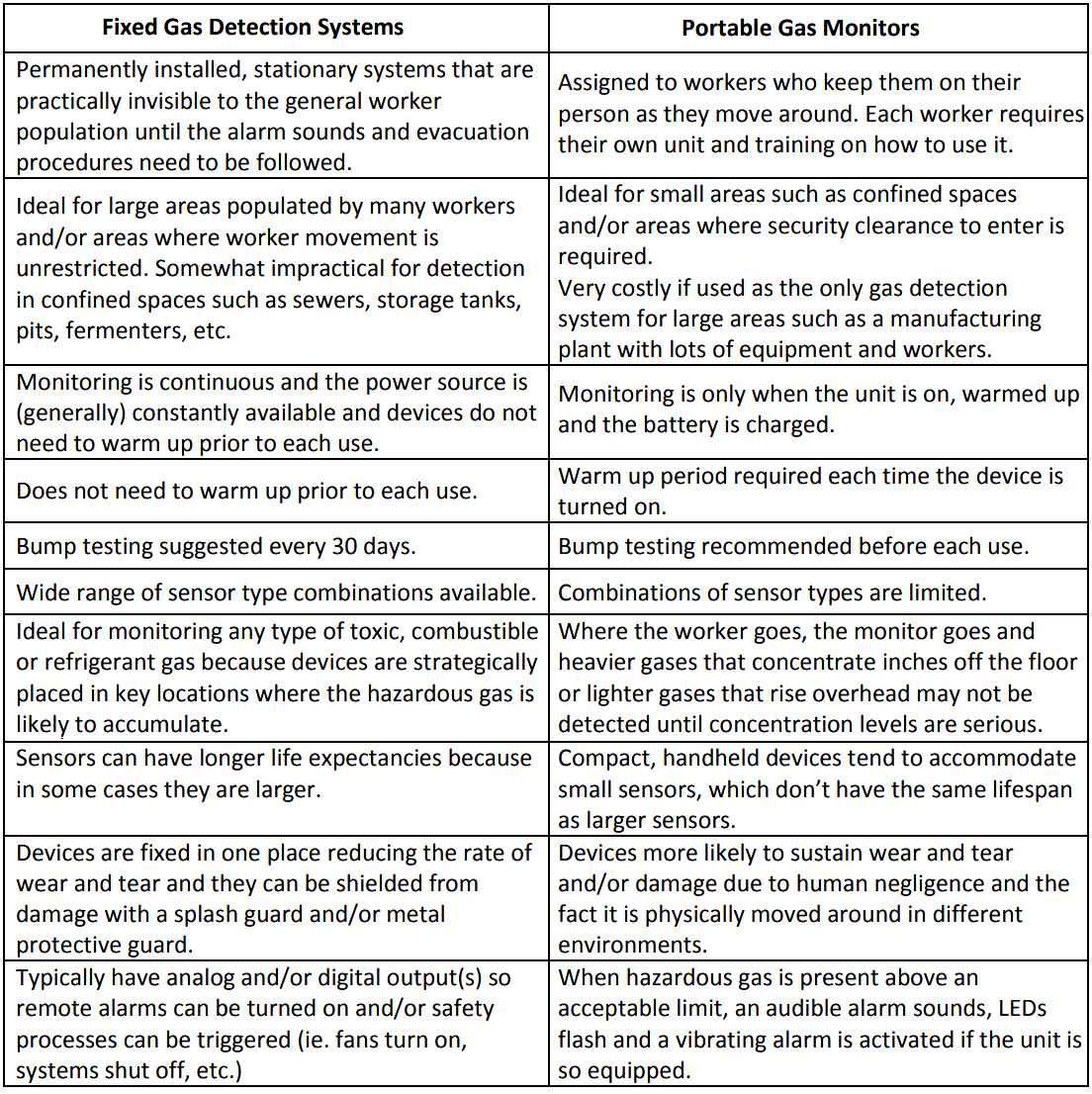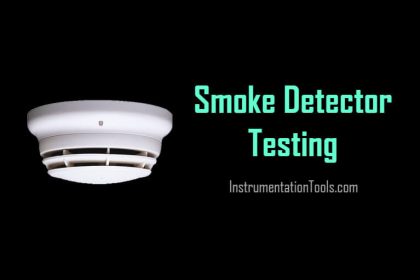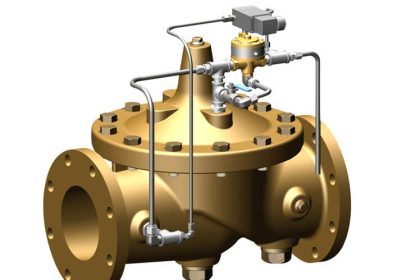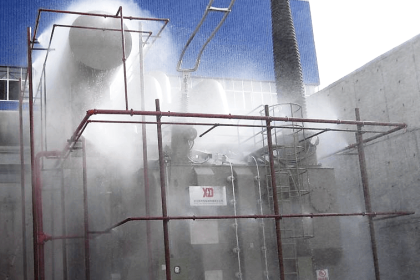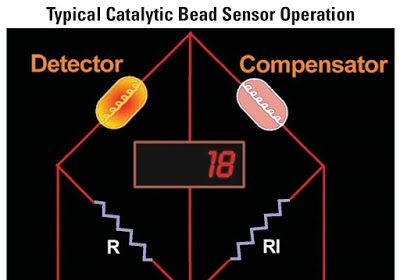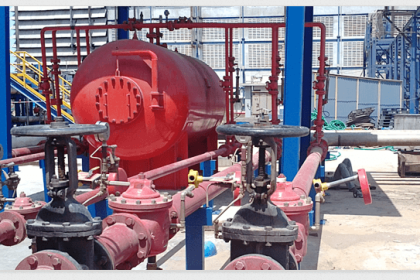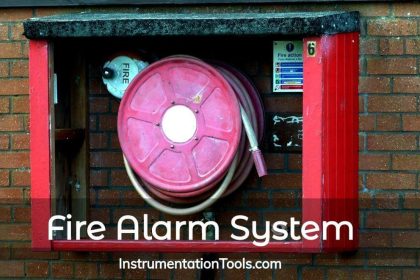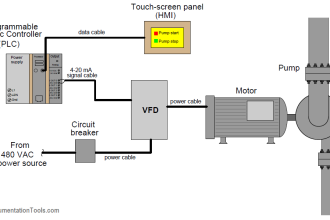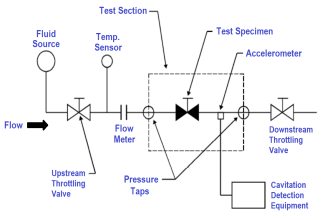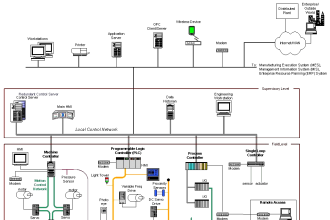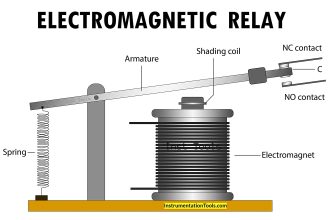Fixed Gas Detection Systems vs. Portable Gas Monitors
Fixed gas detection systems and portable gas monitors are both essential to protecting workers and equipment and meeting OSHA/EPA requirements. Both products are equally capable of doing the job they are meant to do, in the type of area they are meant to do it in. When deciding which system to use you must take into consideration the physical area to be monitored, the type of gas(es) to be monitored, whether the hazard is permanent or transitory, the level of risk to workers and the practicality and cost effectiveness of using either or both systems.
- The portable gas monitor is advantageous for locating the exact point of a leak that has first been detected by the fixed system when using an attached probe.
- The portable gas monitor is convenient for detecting a single gas that may be likely to leak in a small area where workers occasionally go, while the fixed system concurrently and constantly monitors the general areas for other hazardous gases.
Source : Critical Environment Technologies Canada
